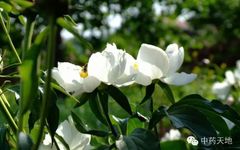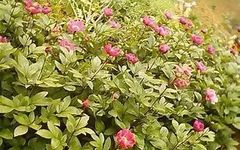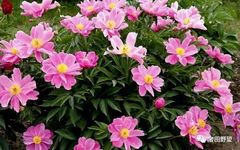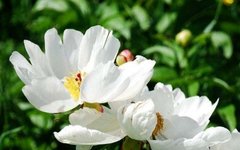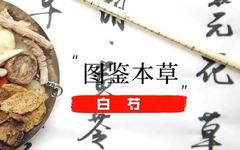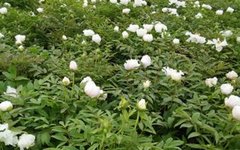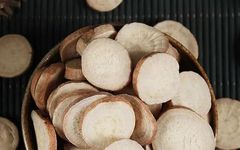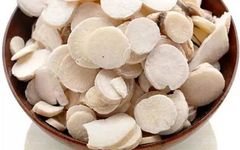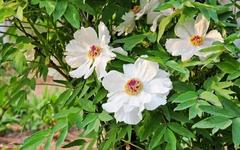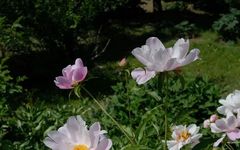Daily Chinese Medicine: Bai Shao (White Peony)
Bai Shao (白芍) 【Alias】 Bai Shao Yao (白芍药), Jin Shao Yao (金芍药). 【Source of Medicinal Material】 This product is the dried root of the plant Paeonia lactiflora Pall. (毛茛科). It is harvested in summer and autumn, cleaned, and the head and tail along with fine roots are removed. It is boiled in water, the outer … Read more

